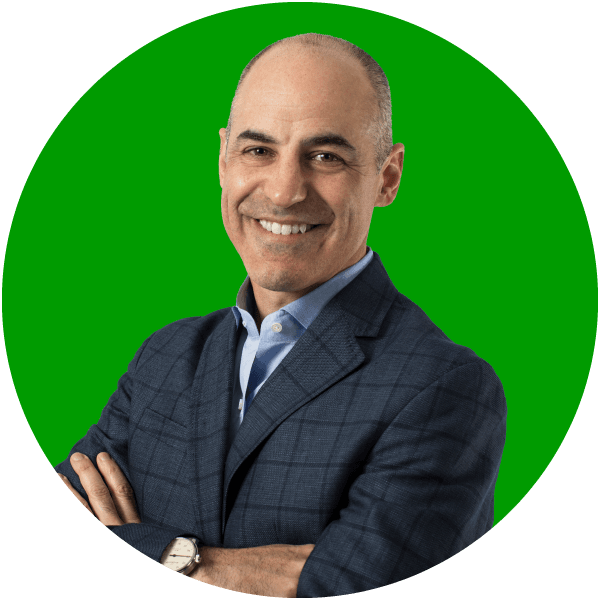KURU: Creating Anticipatory Customer Service Experiences
Featuring Sean McGinnis
President & Integrator at KURU Footwear
In this Gladly podcast episode, join President & Integrator of KURU Footwear, Sean McGinnis, on balancing personalization with efficiency, and how leading with empathy acts as KURU's golden rule of service.
Plus, hear why KURU took an unconventional approach–avoiding distribution through Amazon or eBay, or wholesale via stores like Dicks Sporting Goods–to maintain full control of their customer experience.

"You’re either oriented for personalization or you’re oriented for efficiency and sometimes you can find both, and when you can, it’s magical."
Sean McGinnis
President & Integrator, KURU Footwear

About the host
With a proven track record of building companies that don’t settle for the status quo, Gladly CEO and co-founder Joseph Ansanelli is reinventing customer service to put people back at the heart of it. Joseph is also a Partner at Greylock, focused on investing in enterprise applications.
Recommended for you

Changing the World, One Step at a Time with Allbirds
Hear from Allbirds how Allbirds provides the best possible customer experience—from custom seats to shoe boxes.

Crate & Barrel on Driving Revenue Through the Contact Center
Learn about turning a contact center into a revenue center, innovating customer service, and how COVID-19 accelerated their digital transformation.

Building a Community of Advocates and Lifelong Chubbies Customers
Learn from Chubbies about the power of building community amongst your customers, how text message is becoming the channel of choice, and more.